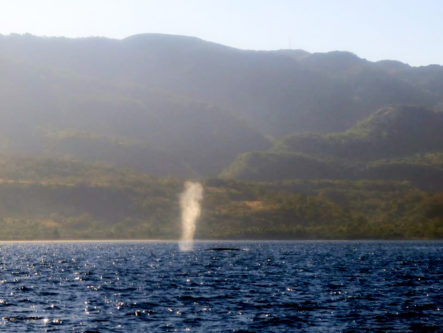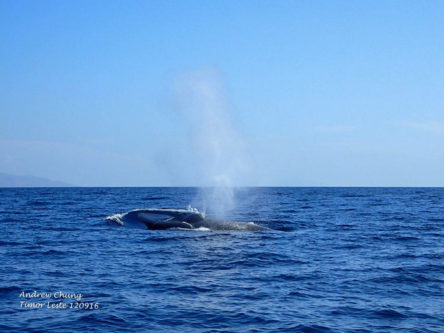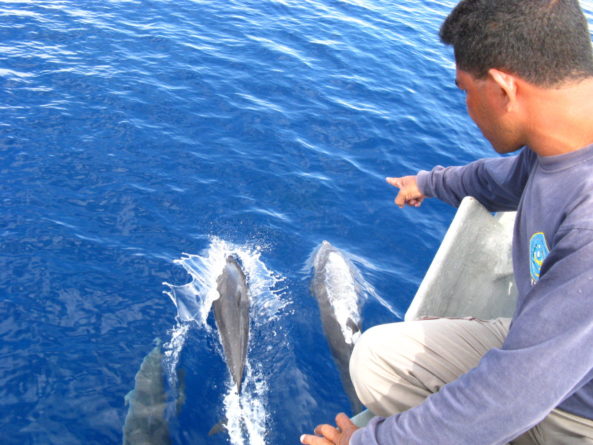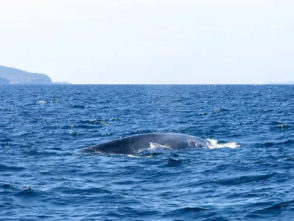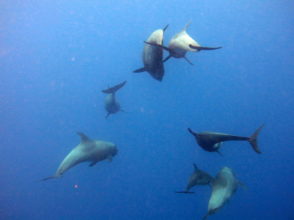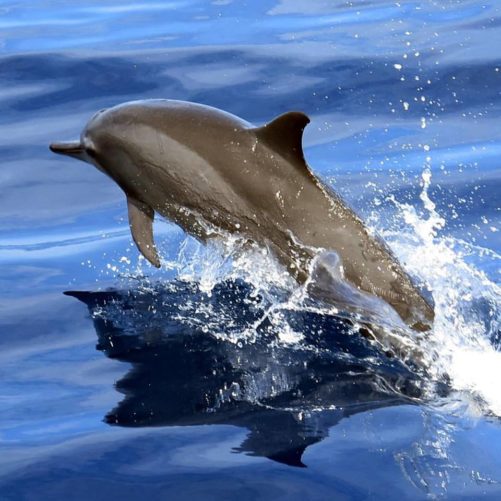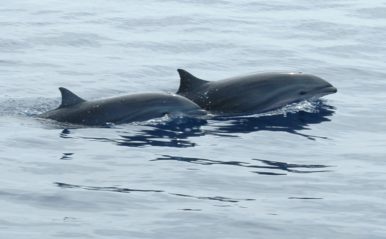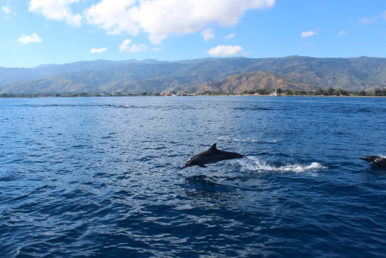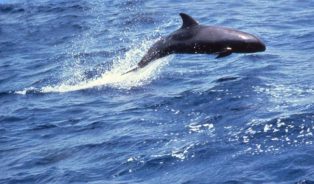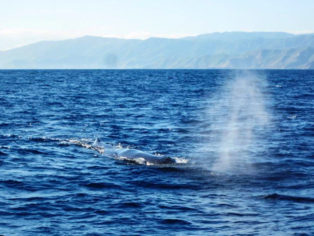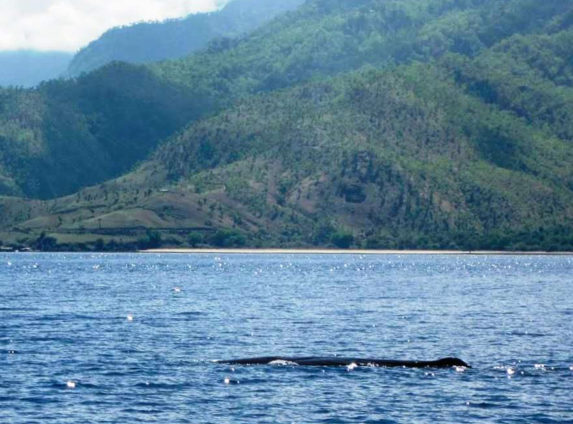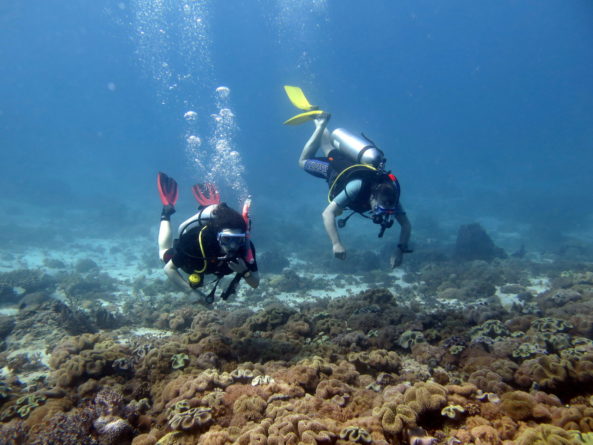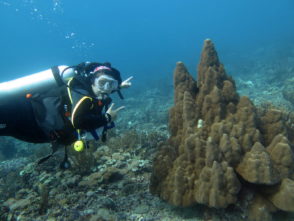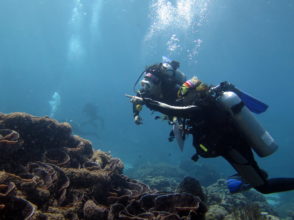It’s a pristine Autumn morning, and the sea is calm around Ataúro Island in Timor-Leste. The sky is cloudless, and the water is a deep, impenetrable blue. The scene is so tranquil that it could be a masterpiece on canvas, when suddenly the stillness of the water is broken!
FFFWWWISSSSHHHHHHH!!!
A jet of white spray pierces the azure sky, as an arching back majestically surfaces from the depths…
Ataúro Island, located 20km north of Dili (the capital of Timor-Leste), sits on a major ‘cetacean migration’ highway. While whales and dolphin occur all year round, there is a dramatic increase in cetacean visitors between September and December. This increase is a result of coastal upwellings in the region, driven by monsoonal winds, that bring cold, nutrient-rich waters from the deep ocean to the surface. Ideal feeding conditions for cetaceans, particularly baleen whales! Located within the very deep waters of the Ombai and Wetar Straits (>3km deep), fisherman and visitors to Ataúro Island can see some of the largest and some of the rarest whales on the planet swimming very close to shore.
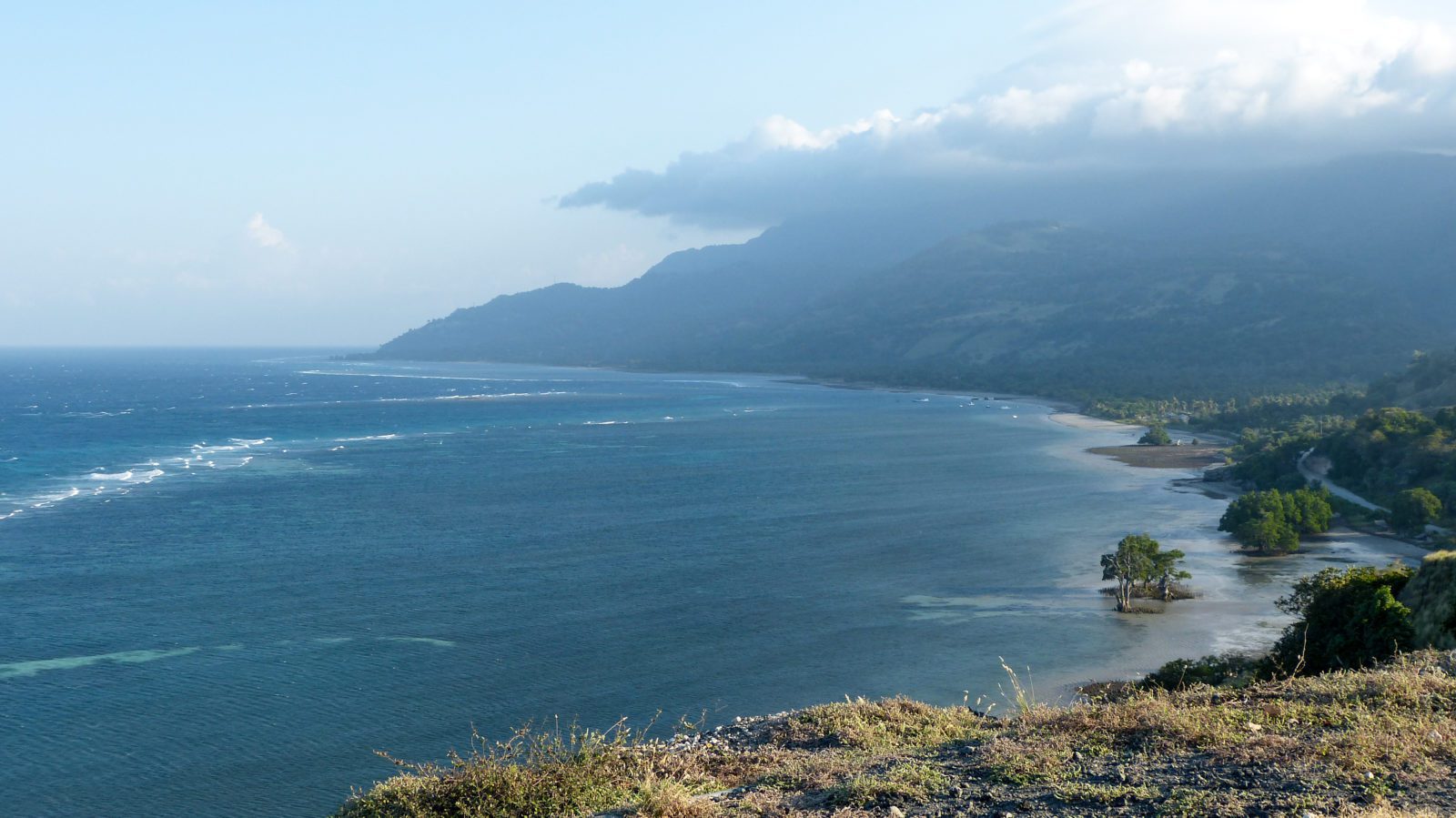
Ataúro Island | Photo: Vik Mohan
Neither whales nor dolphins are hunted for their meat in Timor-Leste.
With a long history of interactions with fishermen in Timor-Leste, cetaceans are also deeply enshrined in Timorese culture. On Ataúro Island, dolphins are highly revered and regarded as omens of good fishing as well as protectors of seafarers: fishing communities often have stories of dolphins rescuing their fishermen in times of need. Whales are also treated with deep respect on account of their sheer size and magnificence.
In 2008, surveys by Australian marine scientists established Timor-Leste’s reputation as a global hotspot for cetaceans. Since then, ongoing research, surveys and monitoring in partnership with government, local communities and local dive tour operators has confirmed Timor Leste’s outstanding cetacean diversity and abundance. A total of 24 different species of whale and dolphin have been recorded in the waters off Ataúro Island, including rare and protected species like the Blue Whale. This gigantic cetacean, the largest animal ever to have existed on Earth, is most commonly seen in smaller pods of two to six animals, and often with calves in tow!
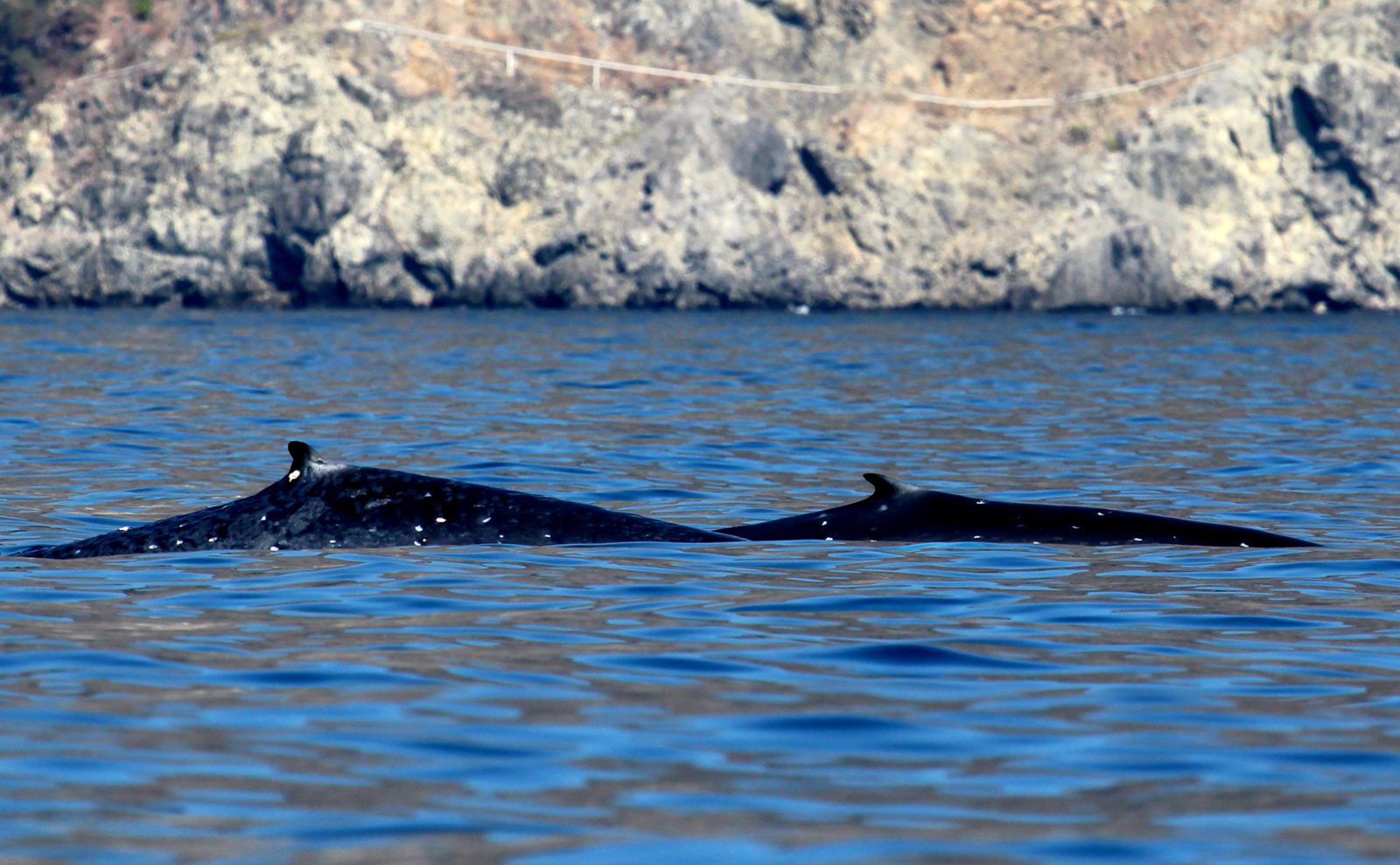
Blue whale with calf | Photo: Jen Craighill
Other common cetacean sightings include Sperm Whales, and large pods of Short-finned Pilot whales and Melon-headed whales which, despite their names, are actually both dolphin species. A range of smaller oceanic dolphin species like Spinner, Spotted and Fraser’s dolphins are also regularly seen, and can occur in large, multi-species groups of over 100 animals.
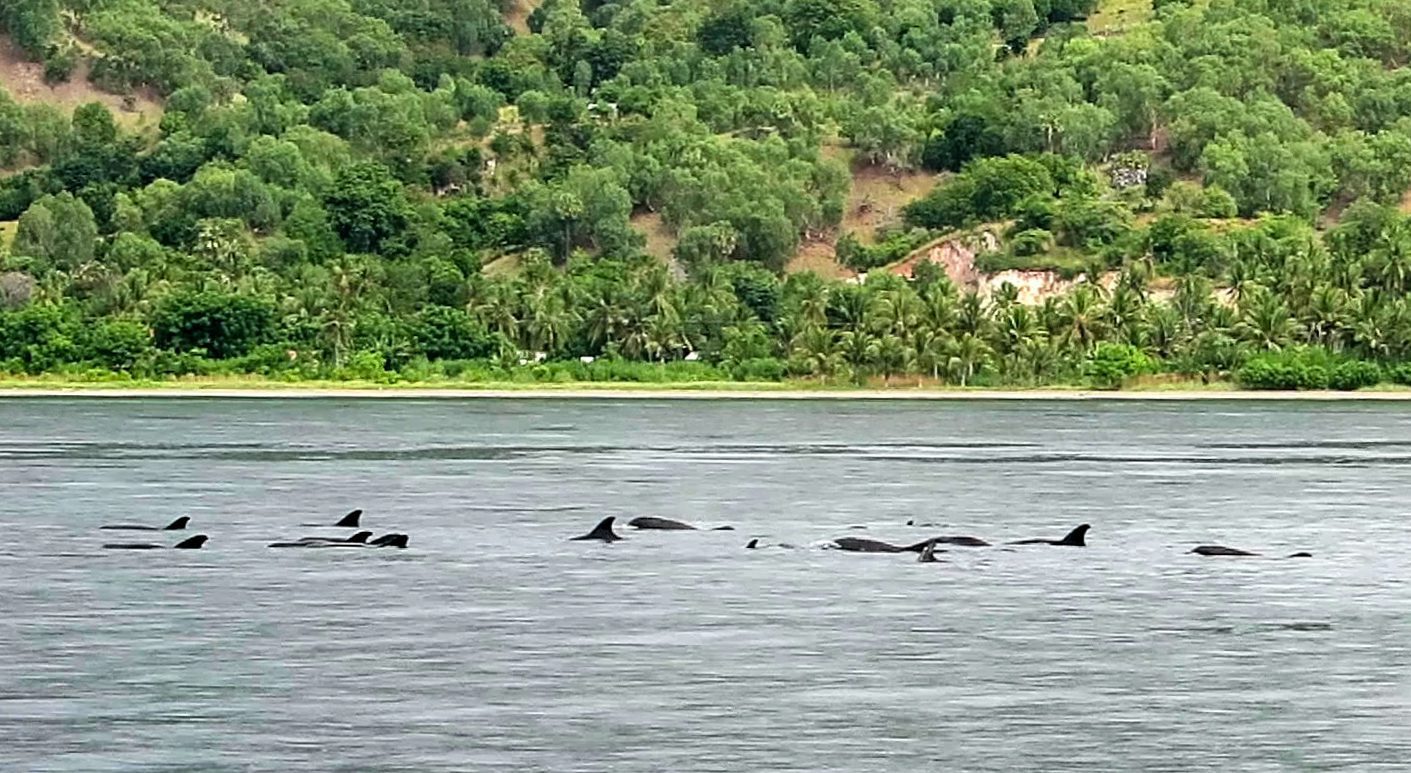
So not only does Ataúro Island have the highest coral reef diversity on earth, but for this special time of year it also plays host to some of the world’s most amazing marine megafauna! It’s abundantly clear that this unique natural paradise is a major conservation priority, but despite this there is still a shortage of data on these marine ecosystems. Blue Ventures is currently completing research dives in waters where very little research has been completed to date, and we host volunteers to help with this data collection. The work completed by our volunteers and staff will contribute directly to Blue Ventures’ scientific theory and practice, and enables us to develop new approaches to engaging Timor-Leste’s coastal communities in marine conservation.
If this sounds like your next adventure, then check out our volunteer site below:
https://blueventures.org/volunteer/timor-leste/
Blue Ventures would like to thank Karen Edyvane of the National University of Timor-Leste for her kind help in collating and verifying the cetacean photos and information, and our supporters and funders including the GEF through UNEP under the Dugong and Seagrass Project and Wilstar.


